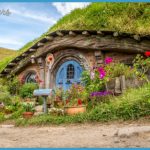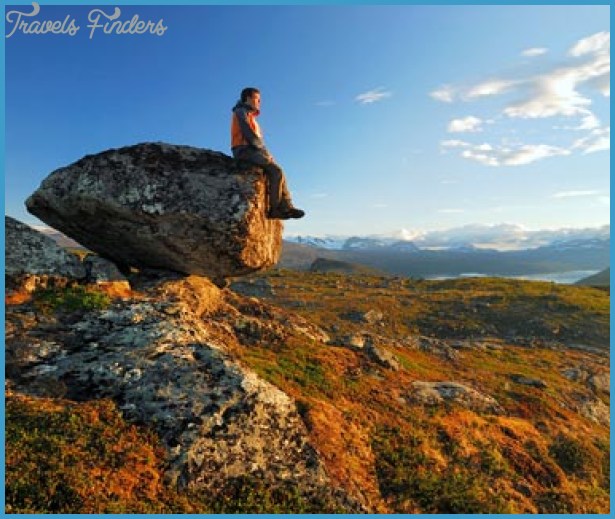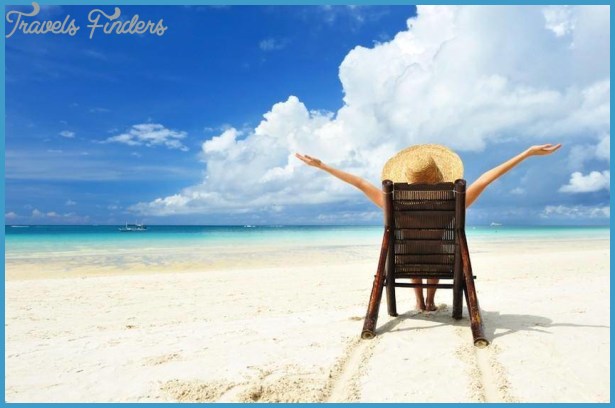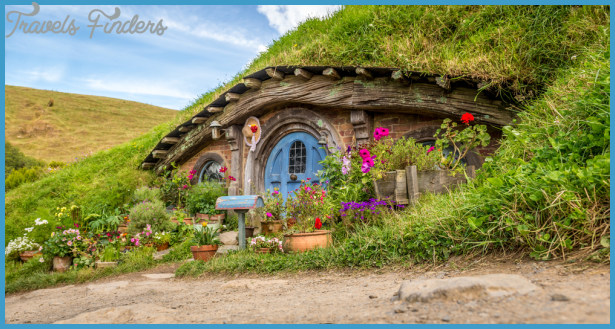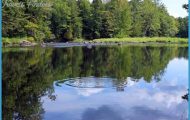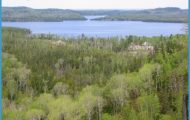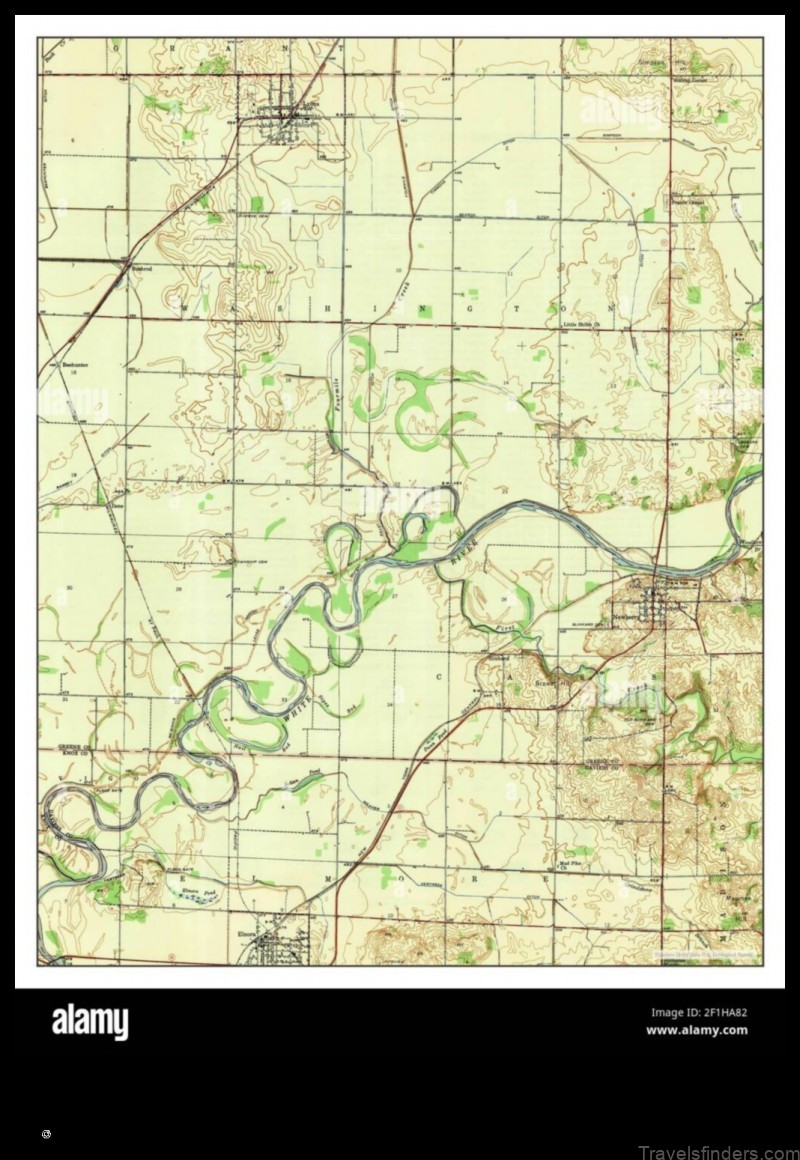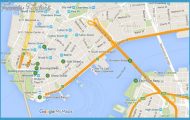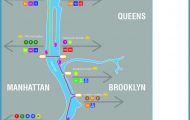Running north from Colombia into Panama is a long, thin mountain chain. The mountains slope down to the coasts, which are covered with rain forests. Panama City is the capital of Panama with 406,000 people; total population of Panama is about 1.5 million. The Panama Canal is the country’s major source of income and employment as well as being a tourist attraction on a grand scale. The Canal is about fifty miles long and ships are lifted or lowered eighty-five feet in the course of the trip across the Isthmus. Ships are normally in Canal waters between fourteen and sixteen hours. The trip can be costly for the ship’s owners. Tolls are based on displaced tonnage. Richard Halliburton was charged thirty-six cents when he swam the Canal in 1926. The toll for the QE 2 on one of its transits was $68,499.46.
Panama has more than eight hundred off-shore islands, some of which could be developed touristically. A major tourist attraction is the San Bias islands, hundreds of tiny palm-fringed islands, where the Indians who inhabit them welcome day-trippers who observe the village life and buy their unique appliqued cloth, handwoven by the women.
Heading north from Panama, the mountains rise and become part of Costa Rica. Poas and Irazu are active volcanic mountains. Irazu showers San Jose, capital of Costa Rica, with volcanic ash from time to time.




